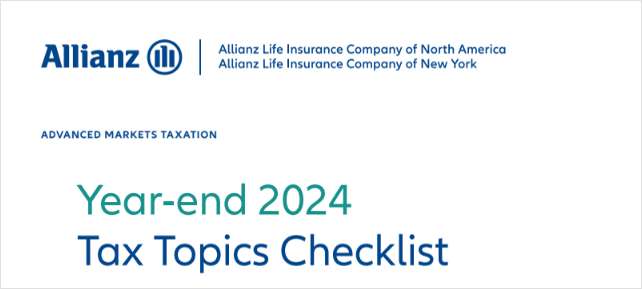With equities hitting all-time highs and Federal Reserve stimulus having limited effect on yields, advisors are turning to riskier assets as they become more desperate in their hunt for income.
There are indications demand is continuing to grow for private equity real estate, but advisors looking to diversify portfolios for high-net-worth and institutional clients should not be enticed by popularity alone. They should not be overconfident about real estate's resilience as a hard asset — nor should they be cowed by PE's old-guard image.
PE real estate is not for every client. It's best reserved for the advisor who can appreciate the strengths and weaknesses of the asset class, and understand how it interplays with portfolios in varying market environments.
PE Real Estate Is Not a Quick, Easy Investment
Some advisors are under the mistaken impression that investing in PE real estate is as simple as handing over a few million dollars to a generic fund manager who has targeted a popular Manhattan condo complex. Then, when investors are happy with their returns, they can pull out of the fund and move on.
The reality is that these are not liquid investments. With typical hold times for PE real estate funds ranging from five to seven years, investors must have liquidity from other sources. But those who give up that liquidity are positioned to benefit from an illiquidity premium.
Investors may add recession-resilient assets aimed at lowering risks and increasing returns. But like any sector, real estate expands and contracts, outperforming equities in some environments and underperforming them in others.
Self-storage units that meet certain criteria concerning geography, expense ratios and market size are among the highest-returning, lowest-risk sector of the real estate asset class. They can appreciate in value as the economics of their counties develop or as they undergo technological upgrades, financial realignment or consolidation.
Fund Managers Shouldn't Be Lumped Into One Category
These PE real estate hold times require fund managers to have a well-honed strategy, a nuanced understanding of their subsector, and the experience and expertise to execute a vision across a whole market cycle in order to generate healthy returns. The idea is not to chase a tech stock at a 52-week high, but rather to filter into complex segments within the commercial real estate space that demand specialized knowledge as part of a long-term investment strategy. They must demonstrate breadth, fully appreciate risk, and ensure their methodology works on a broad scale. These funds also have higher due diligence standards that smaller, less experienced managers sometimes have trouble meeting.



